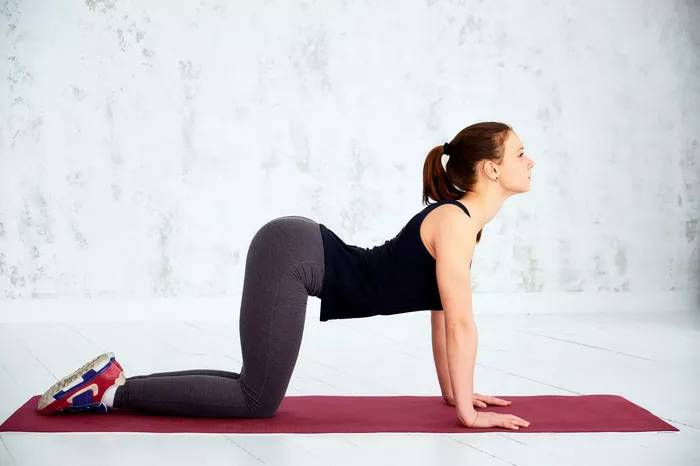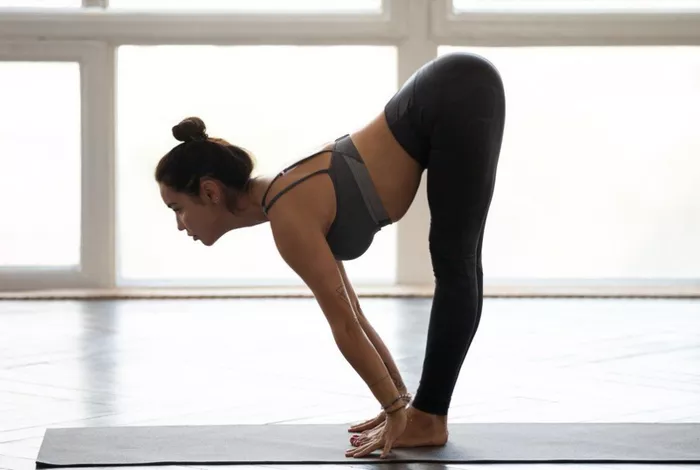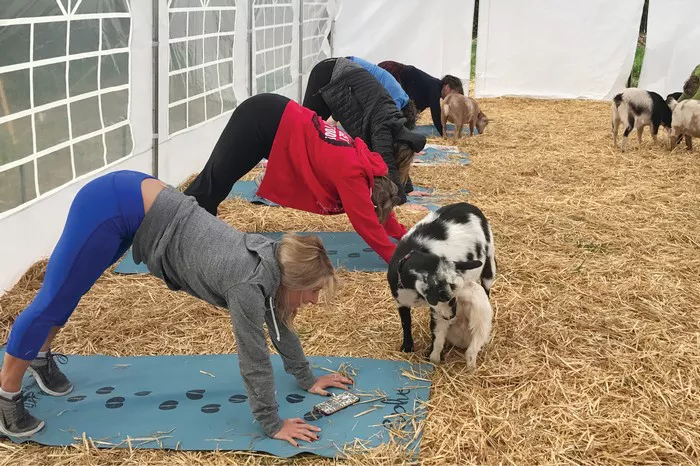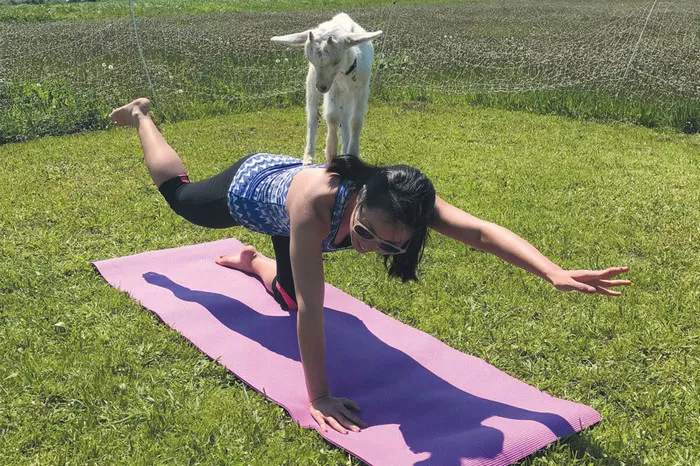In the realm of yoga, there exists a multitude of styles, each with its own unique characteristics and benefits. Two popular forms, Power Yoga and Vinyasa, often get lumped together due to their dynamic and fluid sequences. However, they have distinct differences that cater to varying preferences and goals. Understanding these disparities can help practitioners choose the style that aligns best with their needs and aspirations.
Origins and Philosophy
Power Yoga originated in the late 1980s as a modern adaptation of traditional Ashtanga Yoga. It was popularized by Beryl Bender Birch and Bryan Kest, who aimed to create a more fitness-oriented practice that emphasized strength, flexibility, and endurance. The primary focus of Power Yoga is on building physical strength and stamina through challenging poses and continuous movement.
Vinyasa, on the other hand, draws its roots from ancient Hatha Yoga traditions. The term “Vinyasa” translates to “flow” in Sanskrit, reflecting its emphasis on seamlessly linking breath with movement. Vinyasa classes typically involve a dynamic series of poses coordinated with rhythmic breathing patterns. While Vinyasa still promotes physical fitness, it places greater emphasis on the integration of breath, movement, and mindfulness.
Sequence and Structure
One of the key distinctions between Power Yoga and Vinyasa lies in their sequencing and structure. Power Yoga classes often follow a set sequence of poses, similar to Ashtanga Yoga, albeit with variations introduced by different teachers. These sequences typically include a combination of standing, balancing, seated, and inverted poses, interspersed with transitions that maintain a high level of intensity and flow.
In contrast, Vinyasa classes offer more flexibility in sequencing, allowing instructors to tailor the flow according to the needs and preferences of the students. While there may be some overarching structure or theme to the class, such as hip openers or backbends, the specific sequence of poses can vary from one class to another. This variability keeps the practice fresh and engaging while offering opportunities for exploration and creativity.
Pacing and Intensity
Another distinguishing factor between Power Yoga and Vinyasa is the pacing and intensity of the practice. Power Yoga classes are known for their vigorous and fast-paced nature, with minimal rest between poses. The emphasis is on building heat within the body to increase calorie burn, improve cardiovascular health, and enhance muscular strength and endurance. As a result, Power Yoga classes can be physically demanding and may not be suitable for beginners or those with certain health conditions.
In contrast, Vinyasa classes typically offer a more moderate pace, allowing practitioners to synchronize their breath with each movement. While the practice still promotes strength and flexibility, there is greater emphasis on breath awareness and mindful movement. Transitions between poses are often smoother and more fluid, facilitating a sense of grace and ease in the practice. This gentler approach may be more accessible to beginners or individuals looking for a less intense workout.
Breath and Mindfulness
Breath awareness is a fundamental aspect of both Power Yoga and Vinyasa, but the way it is incorporated differs slightly between the two styles. In Power Yoga, breath cues are often used to synchronize movement and enhance the efficiency of transitions between poses. The emphasis is on maintaining a steady and controlled breath throughout the practice to support the intensity of the physical exertion.
In Vinyasa, breath awareness takes on greater significance as a tool for cultivating mindfulness and presence on the mat. Practitioners are encouraged to link each breath with a specific movement, creating a meditative rhythm that helps quiet the mind and deepen the connection between body and breath. This focus on breath and mindfulness not only enhances the physical benefits of the practice but also promotes mental clarity and relaxation.
Accessibility and Suitability
When considering Power Yoga vs. Vinyasa, it’s essential to acknowledge their differences in accessibility and suitability for different individuals. Power Yoga may appeal to those seeking a more challenging and dynamic workout that pushes their physical limits. However, it may not be suitable for everyone, especially individuals with injuries, mobility issues, or underlying health conditions that require a more gentle approach to exercise.
Vinyasa, with its emphasis on breath, flow, and mindfulness, offers a more inclusive practice that can be adapted to suit a wide range of fitness levels and abilities. Beginners may find Vinyasa classes more approachable, as they provide opportunities for exploration and modification while still offering a satisfying physical workout. Additionally, Vinyasa’s focus on breath and mindfulness makes it an excellent choice for stress relief and relaxation, appealing to those seeking a holistic approach to well-being.
Conclusion
In conclusion, while Power Yoga and Vinyasa share some similarities in their dynamic and fluid sequences, they have distinct differences in terms of philosophy, structure, pacing, and emphasis. Power Yoga prioritizes physical strength and endurance, with a fast-paced and challenging practice designed to build heat and intensity. In contrast, Vinyasa places greater emphasis on breath, flow, and mindfulness, offering a more moderate-paced practice that promotes grace, ease, and presence on the mat.
Ultimately, the choice between Power Yoga and Vinyasa depends on individual preferences, goals, and physical abilities. Some practitioners may thrive in the intensity of Power Yoga, while others may find solace and satisfaction in the mindfulness of Vinyasa. Regardless of which style resonates most, both Power Yoga and Vinyasa offer valuable opportunities for growth, self-discovery, and holistic well-being on and off the mat.















